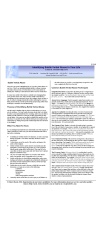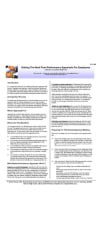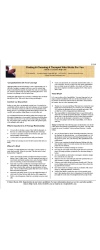Passive aggressive communication is the term used to describe communication and behavior that is a) indirect and b) contains messages that are driven by negative emotions, maliciousness or are otherwise intended to attack someone.
Passive aggressive communication is not limited to simple words. Non-verbal behavior, such as sighing, rolling of eyes, and even things like hammering on the table) are passive aggressive because they are indirect ways of expressing anger and aggression.
Passive aggressive behavior, while common, is terribly destructive to creating understanding. One of its functions is that it allows the generator of the communication to deny his or her anger and frustration while still communicating that anger and frustration. Thus, it’s almost always the case that people who are passive aggressive deny their emotions, and make it impossible to resolve any conflict which is being denied.
Passive aggressive behavior is also manipulative. Because of its intended or unintended purpose of allowing the person to avoid responsibility for his or her behavior, it brings control of the conversation to them.
Passive aggression can be an occasional tactic. We probably all use it on occasion. Or, it can passive aggressiveness can be a style of communication. In the latter case, the person uses it often and habitually.
If you are on the receiving end of passive aggressive communication it is possible to try to get underneath it to encourage the person to talk more directly about his or her negative emotions, which allows more constructive approaches to managing the situation. However, when dealing with passive aggression, confrontation often results in denial and increased conflict. Indirect methods work more effectively.






